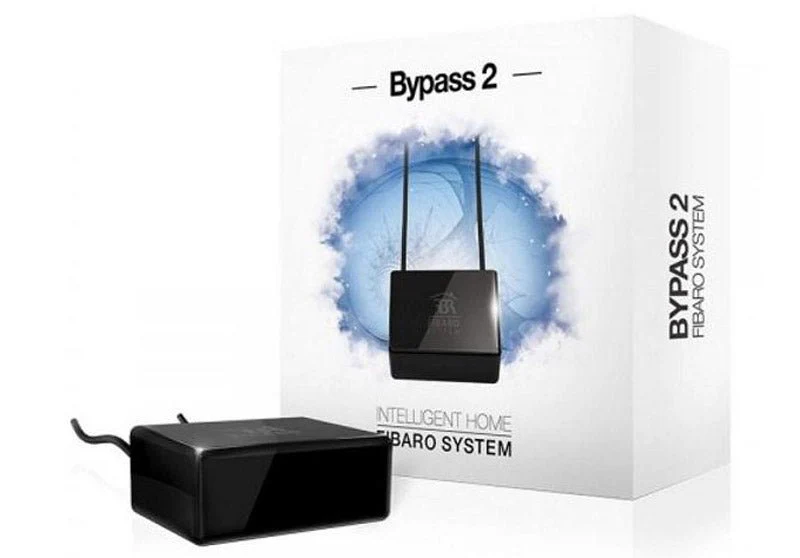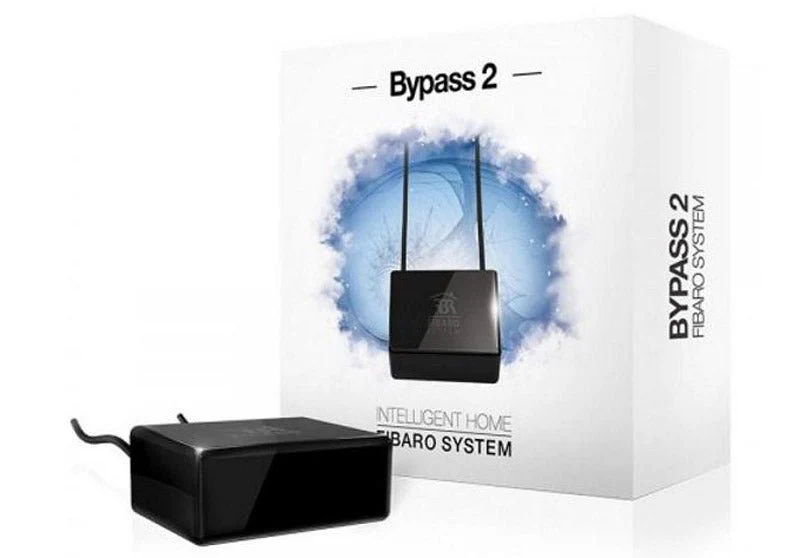Answers
Jul 18, 2017 - 10:17 AM
Hi David,
Our guide here should be of help - http://www.vesternet.com/resources/ap.... It provides details on installing the Fibaro Dimmer Bypass 2.
Our guide here should be of help - http://www.vesternet.com/resources/ap.... It provides details on installing the Fibaro Dimmer Bypass 2.
Jul 19, 2017 - 09:09 AM
Hello
One Bypass is installed on a circuit. The dimmer goes into the wall behind the switch. The Bypass is attached to the 2 wires feeding the LED lamp. If you have multiple lights, then the bypass is installed on the begining of the circuit.
I have also faced the same flash for a mil second with one chandelier.
One Bypass is installed on a circuit. The dimmer goes into the wall behind the switch. The Bypass is attached to the 2 wires feeding the LED lamp. If you have multiple lights, then the bypass is installed on the begining of the circuit.
I have also faced the same flash for a mil second with one chandelier.
Jul 19, 2017 - 09:33 AM
If your LED lights are still glowing it sounds as though you do require a bypass on your circuit. The bypass can fit anywhere between your light switch and either of the lights. You only need one bypass per lighting circuit. One of the wires will connect to the live and the other to the neutral.
The dimmer requires a little bit of power to flow through the circuit at all times to keep itself on. With a filament bulb this isn't noticed but on an LED which doesn't take much current to turn on, it can be visible. The bypass effectively takes up this 'slack' current'
The dimmer requires a little bit of power to flow through the circuit at all times to keep itself on. With a filament bulb this isn't noticed but on an LED which doesn't take much current to turn on, it can be visible. The bypass effectively takes up this 'slack' current'
Jul 19, 2017 - 11:11 AM
In my experience you just put the bypass across the output terminals of the dimmer module. As long as the bypass is electrically across the load where you put it is your choice
Jul 19, 2017 - 05:47 PM
The bypass must go in parallel with the light, this can be physically at the light fitting, at the switch or anywhere in between. If it doesn't physically fit in the light fitting somewhere then you'll have to find a position either at the switch or in the wall/ceiling cavity (with whatever junction box or other requirements are necessary to meet regulations).
If it's two lights from one switch and the two lights are wired in parallel then you only need one bypass in parallel with them.
If it's two lights from one switch and the two lights are wired in parallel then you only need one bypass in parallel with them.
Jul 20, 2017 - 12:06 PM
Do you have a ceiling rose, I fitted mine there? All this does is go in parallel with the lights (if they're off the same feed it doesn't matter which light you put it across).
You could put it across the switched L and N terminals in the dimmer itself (if you have room). As long as it sits across switched L and N of the lights you're feeding, you can put it anywhere.
You could put it across the switched L and N terminals in the dimmer itself (if you have room). As long as it sits across switched L and N of the lights you're feeding, you can put it anywhere.





Add New Comment